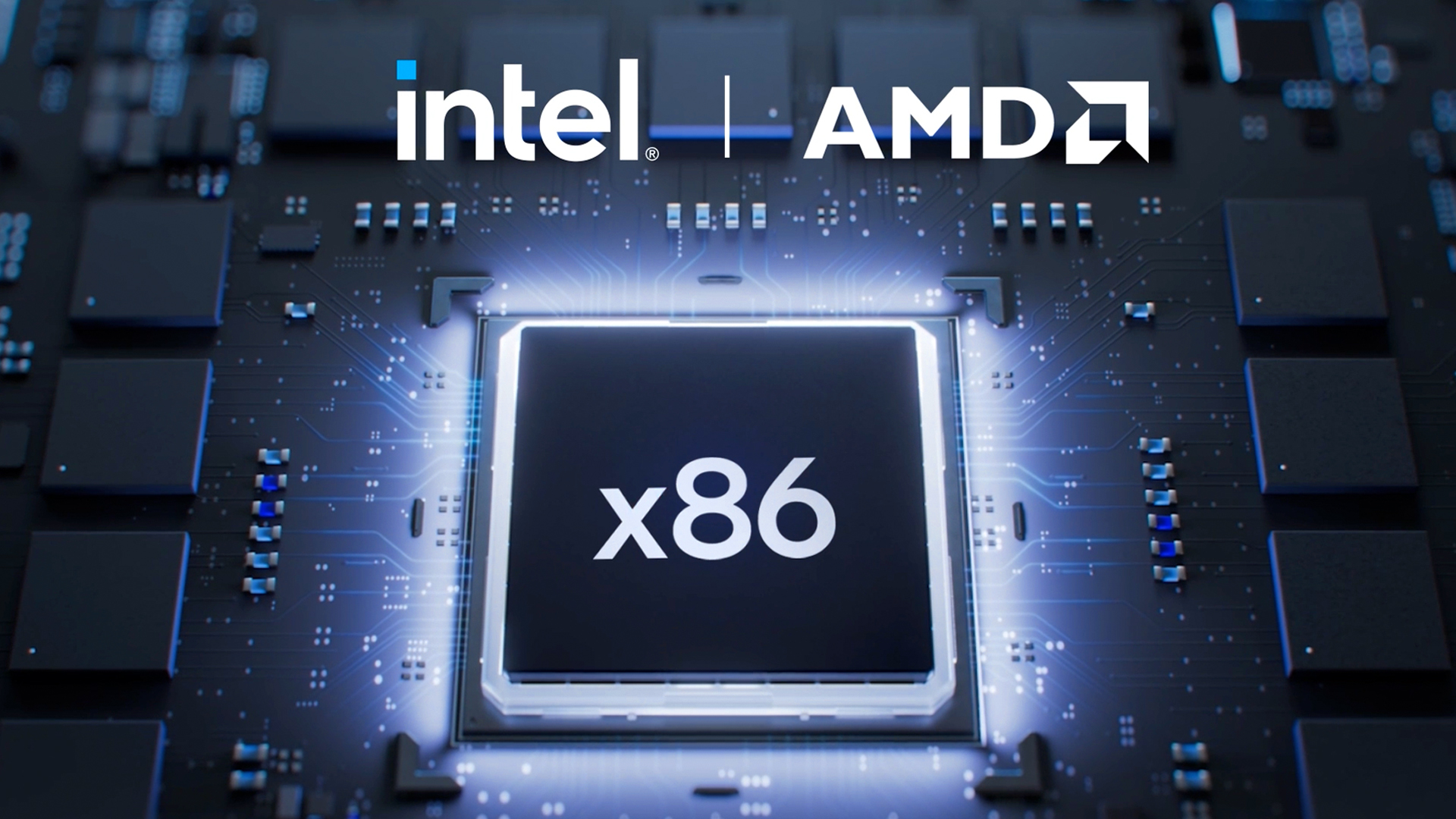As promised I am back with more CPU job postings for the Portland-Vancouver-Hillsboro area.
My previous post, for context...
- begin quote -
Join a Team That Is Set To Deliver High Performance CPU's!
Google's CPU team isn't just about building incredible hardware; it's a culture fostered by passionate CPU engineers who thrive on collaboration and pushing the limits. We're the CPU team behind the Google Tensor, and we won't be stopping there.
The good news is we are hiring in the Portland–Vancouver–Hillsboro area as defined by the USCB.
We will be hiring for most key CPU disciplines such as, architecture, microarchitecture/RTL, design verification, etc... Here are the starting postings, more to come.
- end quote -
Senior CPU RTL Designer:
goo.gle/4iwm3uS
Lead CPU microarchitect:
goo.gle/4iOTg4O
CPU RTL Engineer:
goo.gle/4gcUWTZ
Lead CPU DV:
goo.gle/4fs17TB
Senior CPU Performance architect:
goo.gle/4ffE1P5
Senior CPU Microarchitecture lead:
goo.gle/4dMkzcc
Lead CPU RTL engineer:
goo.gle/3ZbK0Qs
Senior CPU DV:
goo.gle/3ZXo0sO
Lead CPU Performance Architect:
goo.gle/3ZDbFZx
Some of these postings have multiple positions each. And stay tuned for even more postings in February 2025.

